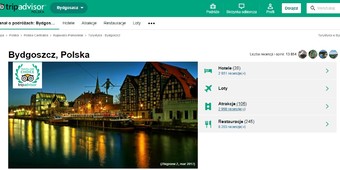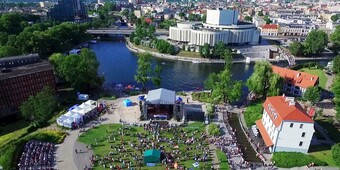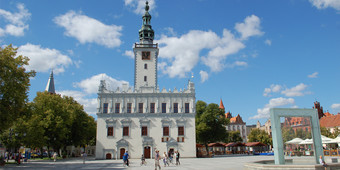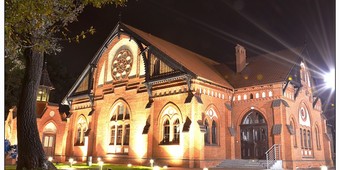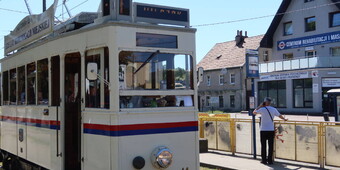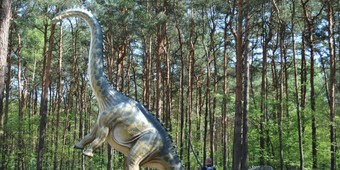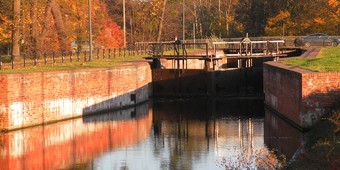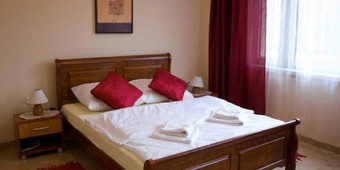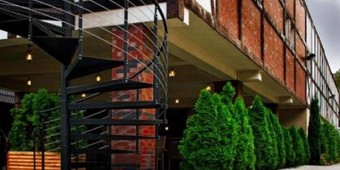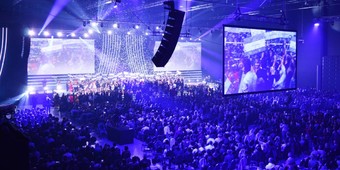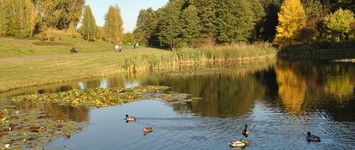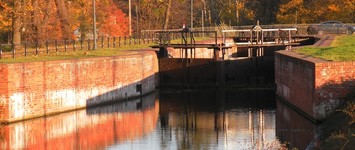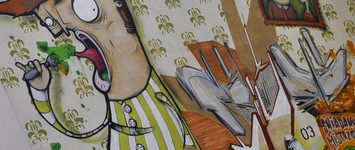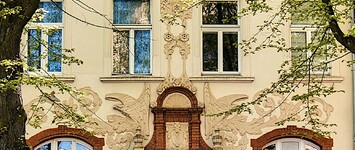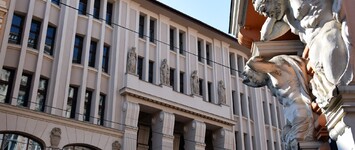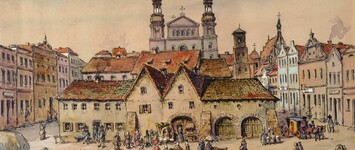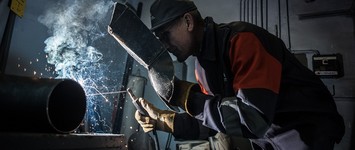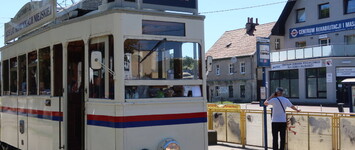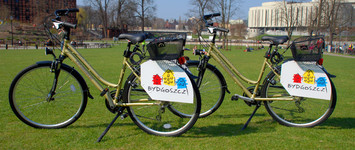
Old Bydgoszcz Canal. fot. R.Sawicki
Time: about 2 hours
The industrial route is an encounter with the old times of former glory, relics of those parts of the city that were setting its rhythm, which used to sound with the clatter of tools and the whirr of machines.
These days, Bydgoszcz participates in the Shift-X project, the aim of which is to make former industrial areas more attractive and open to tourists. However, one can already go for a walk and be surrounded by our industrial heritage landmarks.
Time has erased many workshops and factories from the cityscape, but architectural remains of other buildings remind us about the importance and traditions of the local industry, whose products reached such distant parts of the world as China. A sentimental walk with a post-industrial heritage in the background is a trip for persistent strollers. Starting from the late 18th century, the first factories were opened in Bydgoszcz, which stretches alongside the River Brda. They included mills, a tannery, an iron foundry, dyeworks, and even the textile factory of Johann Carl Schunck, who employed 163 people in wool processing in 1796. From the 1840’s, workshops, manufacturing halls and large production plants were popping up like mushrooms.
We start our tour at the Bydgoszcz Canal, which was built with the support of sawmills and brickyards opened especially for this project. Construction of the Canal gave the first impulse for commercial and industrial growth of the city. The second impulse was the opening of the railways in 1851. Nakielska Street, which runs parallel to the Canal, offered convenient conditions for the development of factories. The first factory, situated at number 89, was Willy Jahr’s Pomeranian Bicycle Factory (1). Its buildings dating from 1930 and 1934 (designed by Alfred Müller) feature typical functionalist architecture.
Did you know that …
In 1860 there were 25 factories and large craft workshops operating in Bydgoszcz, whereas in 1895-1905 their number increased from 147 to 548.
This factory was one of several companies which in 1949 served as the founding plants of the United Bicycle Production Plant “Romet” (headquartered in Fordońska Street). In 1839, at 53 Nakielska Street, which was closer to the city centre, Plagemann’s agricultural equipment factory was established, which was the first machine production plant opened in Bydgoszcz. It was followed by an iron foundry; since 1878, the Woodworking Machine Factory (2), founded by Carl Blumwe in 1865 has been operating continuously to this day, involved in the production and repair of farming machinery. Our attention is also focused on the neo-gothic façade of the factory building (late 19th c.) and neo-baroque residential villa with an administrative part (1892, designed by Carl Stamphel), which was the residence of the company owner until he built a new home for his family at 50 Gdańska Street. An office building with a motif of crossed hammers is adjacent to the villa. This highly specialised factory manufactured frame saws for woodworking. During the interwar period, it produced as many as 250 types of them, including self-propelled machinery (such as the “Gigantik” model – the biggest in the world), which were able to operate directly in the place of logging. House no. 47 (designed by Fritz Weidner) stands nearby. It was built by Wilhelm Blumwe in 1898 as a kindergarten for workers’ children.
Did you know that …
As early as 1802, a paper mill was operating at 53 Nakielska Street. The owner, however, stipulated in the sale contract that a paper factory was not allowed to operate in the building. This clause led to changing the activity conducted in the building.
Heading east, we leave Nakielska Street (staying on the right side) and passing through the Grunwaldzkie Roundabout we enter Marszałka Focha Street, facing the impressive building of the former School of Crafts and Art Industry (3) (currently the Complex of Mechanical Schools no. 1) at 37 Św. Trójcy Street (designed by Otto Brech, 1910-1912).
Did you know that …
In 1845, the owner of the tannery opened a workshop, in which he tanned a thousand cowhides a year. Fifty years later, this number increased to 140,000 a year and the tannery was one of the biggest operating in what was then Prussia.
It was once occupied by the channel of the Old Canal, which was used for floating wood. We reach the corner with Czartoryskiego Street. Now, we stop and look at the opposite side of Marszałka Focha Street. Further, behind Grottgera Street that heads north, on the premises of the University of Economy, we notice a distinct structure of an old office-residential villa, built in the style of historicism, with predominating neo-baroque architecture. In the past it housed the biggest steam-powered tannery in the city (4), founded in 1863 by Ludwig Buchholz on the bend of the River Brda on Garbary Street, which was still operating in the 1980’s.
We turn right to Czartoryskiego Street. On the left side, on the corner, at number 20 (5), we pass an impressive, neo-classicist villa (today it houses a branch of the Revenue Service in Bydgoszcz) dating from 1855-1857, built by master carpenter Heinrich Mautz as his residence; he owned a local sawmill for several decades. From 1887, the villa was the property of the State Treasury of Prussia, and later - the State Treasury of Poland, serving as an official apartment of the division commander. Between the end of the 1920’s and the beginning of the 1930’s, division general Wiktor Thommée lived here. Further, on the same side of the street, at numbers 4-6, there is a well-preserved complex that was built in 1887-1897 for the needs of C.A. Franke’s spirit refinery (6). The present residential building situated at 6 Czartoryskiego Street, featuring a gable wall decorated with the bas-relief “Children in a Bath”, housed a public bath (7), which was owned by the company, using warm water generated during spirit production. Here, we can enter a courtyard and - on the opposite side - take a look at a charming, neo-mannerist building of an old office.
Later, we turn right in order to walk down to the Brda Młynówka riverside by a paved passage.
Did you know that …
The Bydgoszcz Venice, on the River Brda Młynówka, was a perfect place for dyeworks, since in the past the water was not separated from buildings by a boulevard. The riverside buildings used to approach the riverbed, “entering” it, whereas industrial and bath buildings were designed in such a way that water flowed through them. Therefore, water was supplied by the Młynówka watercourse.
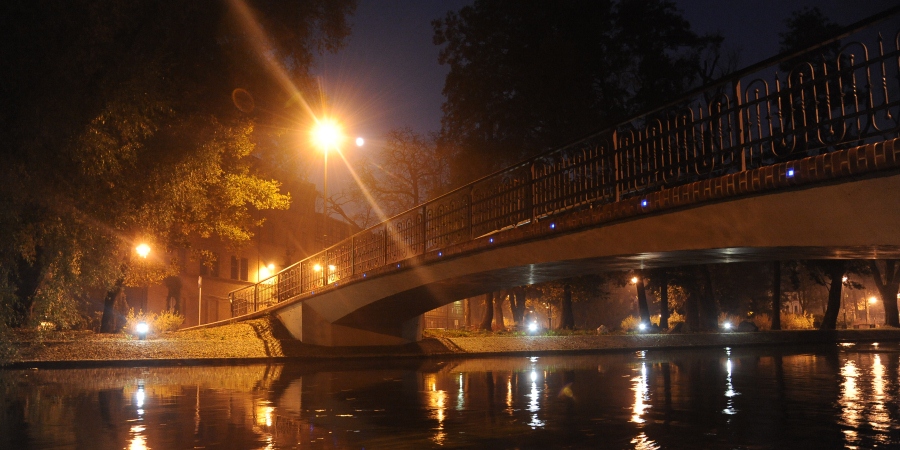
The Bydgoszcz Venice, fot. R.Sawicki
Here, on the right side, we pass the old building of Wilhelm Kopp’s laundry and dyeworks (8) dating from the late 19th century and cross the little bridge to enter Mill Island.
Across from it, we can find a monumental structure of the famous Bydgoszcz Rother’s Mills (9) dating back to 1848-1849 with the prominent, massive brick building, which had once featured a mill with grains and flour warehouses attached to it. We pass the grand building, walking alongside it on the right. In front of us, on the left side, is an old brick mill (1861), changed later into a granary – called “The Red Granary” (10) (occupied today by the Modern Art Gallery of the District Museum). Just in front of it, we turn left and follow a walking alley alongside the riverside to the footbridge. In front of the footbridge, on the right side, is “The White Granary” (11), dating from the 18th century, changed to meet the needs of the museum (Archaeological Collection). The footbridge offers a view of the old groat mill (12) driven by a water turbine changed into a power plant. It’s worth mentioning that in 1846, in the former Royal Mills, the city’s first steam engine was activated. In this way, the Bydgoszcz industry entered “The Steam Age”.
Once again we enter Marszałka Focha Street, this time to admire the impressive building of the Opera Nova (built on the site once occupied by the granaries that were consumed by fire in the 1960’s). From here, we head east, to the right. On the left side, we pass a group of tenement houses. Behind them, just like in other buildings in city centres, small companies used to operate in the past. They included production plants involved in manufacturing shoes and mineral water, and a printing house (14). Now we face a magnificent corner building (6 Teatralny Square, which features the name “Savoy” on its façade”) (14) with features of classicizing modernism, built in 1912 (designed by Henry Gross of Berlin) for Otto Pfefferkorn, an owner of a furniture factory who had his showroom in the building. His famous factory, founded in 1884, was turned into the Bydgoszcz Furniture Factory operating to this day.
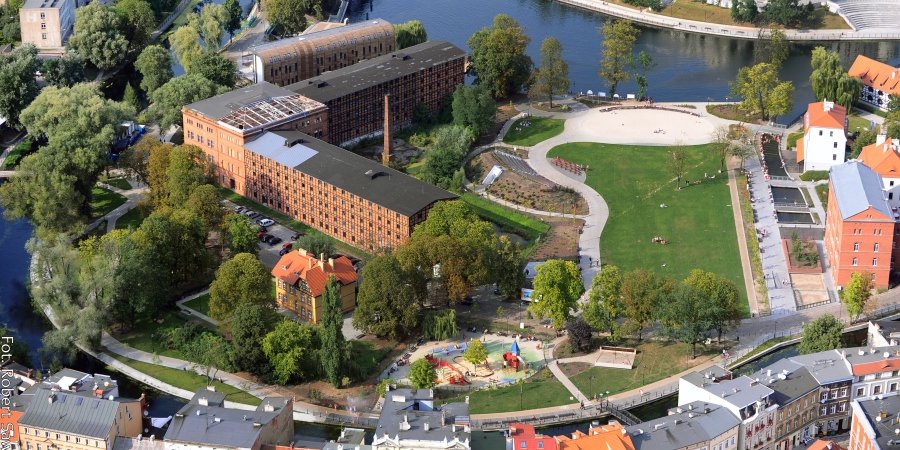
Mill Island, Bydgoszcz, fot. R.Sawicki
Now, we walk straight, going under the arcade of Pfefferkorn’s tenement house, reaching the beginning of Jagiellońska Street, which runs parallel to the River Brda. Across the street, behind the old Church of the Poor Clares, we can notice the glass façade of a shopping centre (15), reminding us of the classicist façade of the old printing house and two centuries of notable printing traditions, which Bydgoszcz could boast of. In 1806, Jan Adam Kimmel received a royal charter to run a printing house, which was later assigned to his stepson, Andrzej Fryderyk Gruenauer. He opened a printing house in Poznańska Street, which in May 1815 he moved to the house with an annex occupying the site at 1 Jagiellońska Street. In 1875, Gruenauer’s printing house was switched to steam power, which contributed to its further development.
Another complex worth mentioning is a group of residential and factory buildings at 12 Podwale Street. The four-wing building with an internal courtyard was built in 1871-1875 for J.G. Böhlke’s soap factory (16) established here in 1849. These days, the Bydgoszcz soap making traditions are preserved by the Museum of Soap and History of Dirt with a manufacturing hall at 13-17 Długa Street. A family-run shoe company, founded in 1876, forms a beautiful chapter in the history of Bydgoszcz industrialization. It expanded from a small shoe workshop, run by Wiktor Weynerowski, his wife and children, into an enterprise which in quality and production standards competed fiercely with the Czech footwear factory “Bata” during the 1930’s. Around 1891, the company “W. Weynerowski and Son. Footwear Factory” was taken over by the son Antoni, who had been helping his father in the shoe making business as a twelve-year-old boy. The factory was moved to the buildings at 34 Św. Trójcy Street, which no longer exist. Later, the prospering factory needed a more prominent seat. For that purpose, the Weynerowski family purchased a large plot at the corner of Kościuszki and Chocimska streets (17). Bydgoszcz architect Paul Sellner designed a modern factory building with two storeys and an attic, with facilities for workers and a spacious goods lift.
The factory’s growth gained momentum in its new location. The number of people employed there increased to 300. In 1929, the company was taken over by Antoni's sons, Henryk and Witold, who three years later named the family business “Leo” Footwear Factory S.A., commemorating their brother Leon, who had died during World War I and their mother Leokadia (who died in 1927).
World War II brought an end to this family enterprise. After 1945, the nationalized “Leo” Footwear Factory, known later as “Kobra”, operated at 27 Kościuszki Street until 1992.
Other landmarks on the industrial heritage map of Bydgoszcz include the partially preserved complex of buildings of the local gasworks (18), which was opened on this site in 1860 – 42 Jagiellońska Street. A little bit further, across the street, at 43-47 Jagiellońska, there are the front buildings of the old Municipal Slaughterhouse (19), designed by Carl Meyer and opened in 1890. In 2006, the group of buildings was incorporated into the new shopping centre built on the site once occupied by the other buildings of the slaughterhouse.
Did you know that…
In 1937-1938, Jerome David Salinger who wrote “The Catcher in the Rye”, served an internship in the Bydgoszcz slaughterhouse. A commemorative plaque with the writer’s image can be seen in one of the slaughterhouse buildings (in the present shopping centre).
Another stop on the route is the factory building at 92 Jagiellońska Street (20), which once housed Brunon Sommerfeld’s company, founded in 1905. From a workshop specializing in the repair of keyboard instruments, it turned into a production plant manufacturing outstanding pianos, known even outside Poland. Unfortunately, it operated only until 1945.
96 Jagiellońska Street was once occupied by a steam-powered mill, opened around 1862, which was originally owned by the Wolfen & Fließ company, and from 1892 - by Baerwald & Co., which had successfully competed with the mills on Mill Island. In the summer of 1938, Bronisław Kenzer became the new owner. He opened the company known as “Kentzer’s Mills” (21). They were nationalized after ten years. These days, the buildings of the old mill and grain warehouse dating from 1916 have been turned into a hotel known as Słoneczny Młyn.
Across the street, at number 117, is a sizable property, where among old trees we can find the functionalist buildings of the “Pasamon” Factory manufacturing haberdashery (22), tapes and straps, founded in 1924, which continues to make woven tapes and technical haberdashery. The director’s villa dating from the 1930’s deserves a special mention. Just like the factory buildings, it was designed by Jan Kossowski.
The extension of Jagiellońska Street is Fordońska Street, heading to the centre of a little old town called Fordon, which now is one of the districts of Bydgoszcz. Many industrial buildings have been saved in this street. The most notable of them, situated in the southern part of the street, feature vast complexes of factory buildings. Number 152 was formerly occupied by the Bydgoszcz Cable Factory, and presently by TELEFONIKA Kable Sp. z o.o. S.K.A (23). Founded in 1920, the complex consists of buildings constructed in 1920-1924 and later. The oldest buildings include the entrance gate and the office building with the production facility. Newer buildings feature the director’s villa with an interesting cornice designed by Bronisław Jankowski, dating from 1930-1931. One of the strengths of this location was the direct access to the river port. Since 1914, its neighbour, at number 154, has been the Bydgoszcz Plywood Factory (24), operating partially in historical buildings dating back to the company’s foundation. Going further towards Fordon, we reach a skyscraper standing at 246 Fordońska Street, which in the past housed offices of the well-known Bicycle Production Plant Romet (25). The old production facilities were pulled down.









